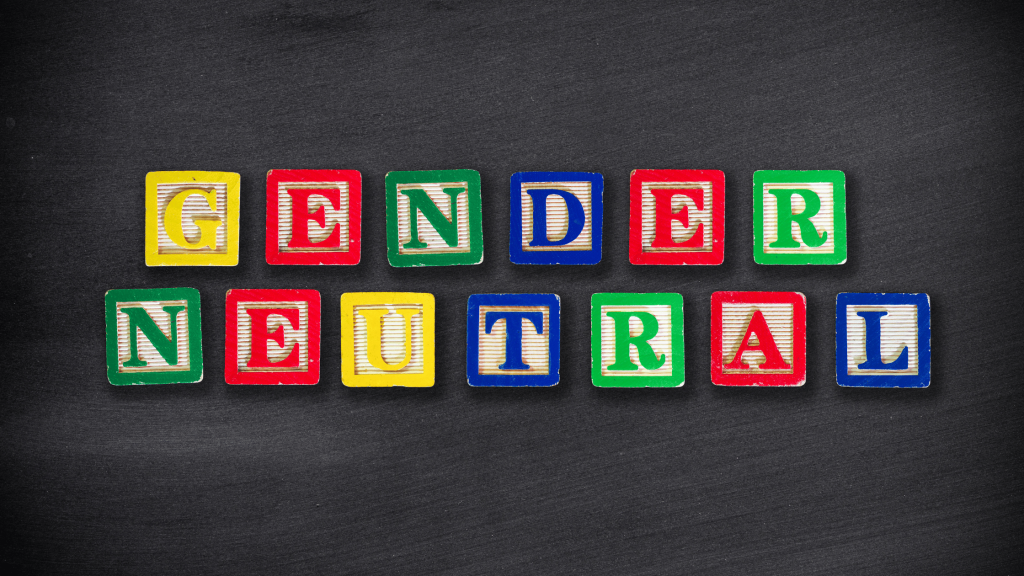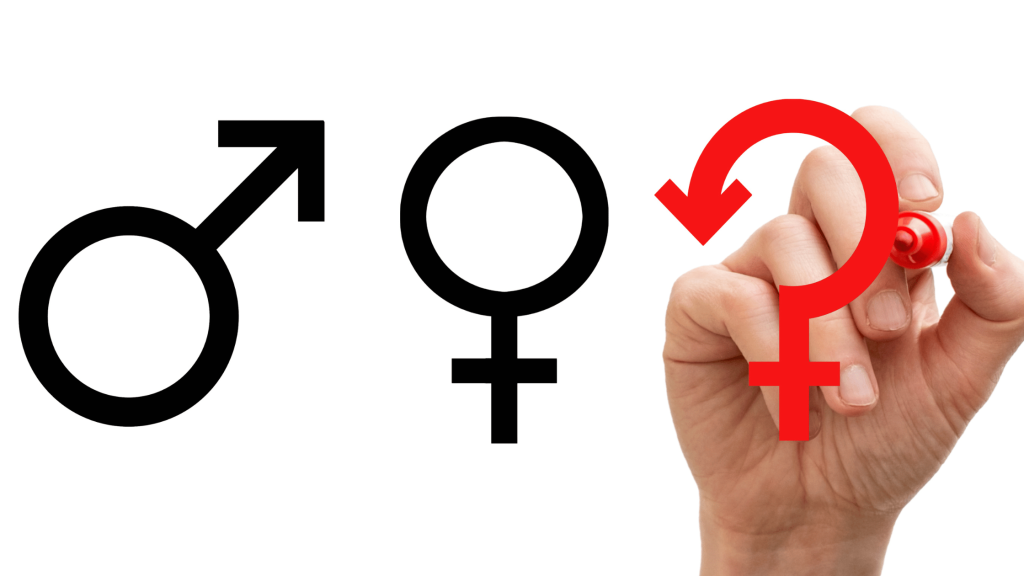|
Listen to Post
|
Listen to this article now:
Language is a powerful tool that reflects and shapes our perception of the world. It not only communicates ideas but also carries societal norms, values, and biases. Gendered language, in particular, has been a topic of increasing discussion and scrutiny in recent years. Many languages around the world assign gender to nouns, pronouns, and even verbs, reinforcing traditional gender roles and identities. However, there is a growing movement towards gender neutrality in language, and translation plays a crucial role in this linguistic evolution.
The Gendered Language Conundrum
In numerous languages, such as Spanish, French, and German, words are assigned grammatical genders, typically masculine and feminine. This gendering extends to pronouns and adjectives, leading to situations where words and phrases inherently carry gender biases. For instance, in Spanish, “amigos” (friends) is masculine, while “amigas” (female friends) is feminine. This distinction may seem harmless, but it can perpetuate stereotypes.
Furthermore, some languages lack gender-neutral pronouns, which can pose challenges for individuals who identify as non-binary or do not conform to traditional gender roles. This linguistic bias can have real-world consequences, affecting how people perceive and interact with one another.

The Rise of Gender Neutrality
Recognizing the need for inclusivity and respect for all gender identities, many societies are pushing for gender-neutral language. This movement seeks to create a more inclusive environment where language does not marginalize or misrepresent individuals based on their gender.
In English, for example, there has been a shift towards using gender-neutral pronouns such as “they/them” for individuals who do not identify strictly as male or female. Similarly, languages like Swedish have introduced gender-neutral pronouns like “hen” alongside the traditional “han” (he) and “hon” (she).

Challenges in Translating Gender Neutrality
As societies evolve towards gender-neutral language, translators face unique challenges. Translating gender-neutral concepts from one language to another, especially when the target language is deeply gendered, can be complex.
One approach is to adapt gender-neutral pronouns or constructs from the source language into the target language, if possible. This can help maintain the intended inclusivity of the original text. However, not all languages readily accommodate these changes, and such adaptations may appear unnatural or unfamiliar to native speakers.
Another challenge arises when translating texts from languages that do not assign gender to nouns into languages that do. For instance, translating from Turkish, which uses a gender-neutral third person, to Spanish can be tricky, as the latter necessitates gendered nouns and pronouns.
The Translator’s Role in Promoting Gender Neutrality
Translators play a vital role in promoting gender neutrality. They must navigate these linguistic complexities while preserving the author’s intent and the text’s readability. This often involves creative solutions, such as rephrasing sentences or using inclusive language whenever possible.
Translators can also advocate for the adoption of gender-neutral language practices in their target language communities. By participating in discussions and sharing knowledge about inclusive language, they can contribute to broader social change.

Empowering Inclusivity: The Crucial Role of Gender-Neutral Translation
Gender neutrality in translation is an essential step toward a more inclusive and equitable world. Language has the power to shape our thoughts and perceptions, and evolving it to reflect the diverse identities and experiences of individuals is a crucial endeavor. While challenges exist, translators can play a pivotal role in breaking down linguistic barriers and helping society embrace gender neutrality in language. As we continue to strive for a more inclusive world, gender-neutral translation is a vital component of the journey.
Read also:
Embracing Inclusive Design: Creating Interfaces for Every Gender
Inclusive Language as a Diversity & Inclusion Tool & the Role of Translation
Advancing Healthcare Equity through Inclusive Language in Clinical Trials Translation








